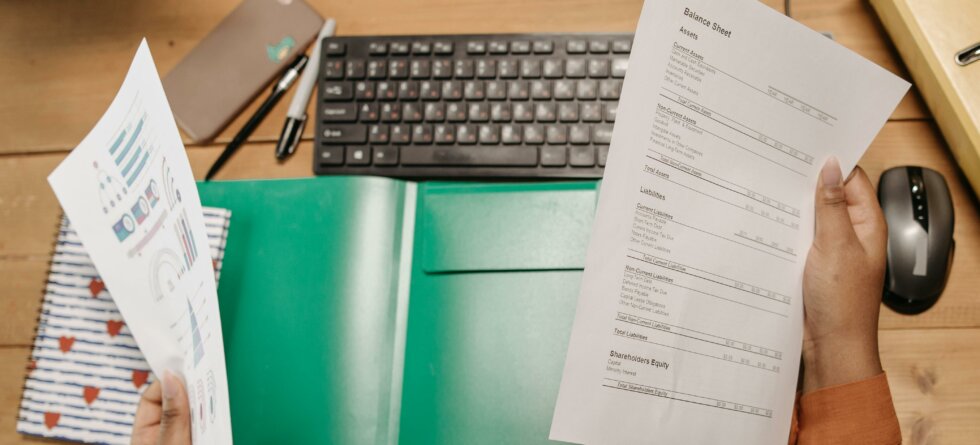Organizing financial information into a standardized format that shows a company’s assets, liabilities, and equity at a specific point in time creates a balance sheet.
Here’s a step-by-step guide on how to create a balance sheet…
1. List Assets – Start by listing all the company’s assets. Assets are resources that the company owns or controls, which have economic value and are expected to provide future benefits.
Common types of assets include…
- Current Assets – Assets that are expected to be converted into cash or used up within one year, such as cash, accounts receivable, inventory, and prepaid expenses.
- Non-current Assets – Assets that are expected to provide benefits beyond one year, such as property, plant, equipment, investments, and intangible assets (e.g., patents, trademarks, goodwill).
2. Total Assets – Calculate the total value of all assets by summing up the individual asset accounts.
3. List Liabilities – Next, list all the company’s liabilities. Liabilities are obligations that the company owes to external parties, such as creditors, suppliers, and lenders.
Common types of liabilities include…
- Current Liabilities – Obligations that are due within one year, such as accounts payable, short-term loans, accrued expenses, and current portion of long-term debt.
- Non-current Liabilities – Obligations that are due beyond one year, such as long-term loans, bonds payable, and deferred tax liabilities.
4. Total Liabilities – Calculate the total value of all liabilities by summing up the individual liability accounts.
5. Calculate Equity – Equity represents the company’s net assets, which belong to the owners or shareholders. Equity is calculated as the difference between total assets and total liabilities:
Equity = Total Assets – Total Liabilities
6. List Equity Components – Break down equity into its components, which may include…
- Share Capital – The amount of capital contributed by shareholders through the issuance of shares.
- Retained Earnings – The accumulated profits earned by the company that has not been distributed to shareholders as dividends.
- Additional Paid-in Capital – Any capital received by the company from shareholders over the par value of its shares.
- Treasury Stock – The company’s shares that have been repurchased and are held in treasury.
7. Total Equity – Calculate the total value of equity by summing up the individual equity components.
8. Verify Equation – Ensure that the balance sheet equation holds…
Total Assets = Total Liabilities + Equity
This equation must always balance, as it reflects the basic accounting principle of double-entry bookkeeping.
9. Format the Balance Sheet – Organize the balance sheet into a standardized format, with assets listed on the left-hand side and liabilities and equity listed on the right-hand side. Typically, current assets and liabilities are listed first, followed by non-current assets and liabilities.
10. Review and Finalize – Review the balance sheet to ensure accuracy and completeness. Verify that all account balances are properly classified and that the balance sheet equation balances.
By following these steps, you can create a balance sheet that provides a snapshot of a company’s financial position at a specific point in time. Balance sheets are essential financial statements that are used by investors, creditors, and other stakeholders to assess the company’s solvency, liquidity, and overall financial health.




